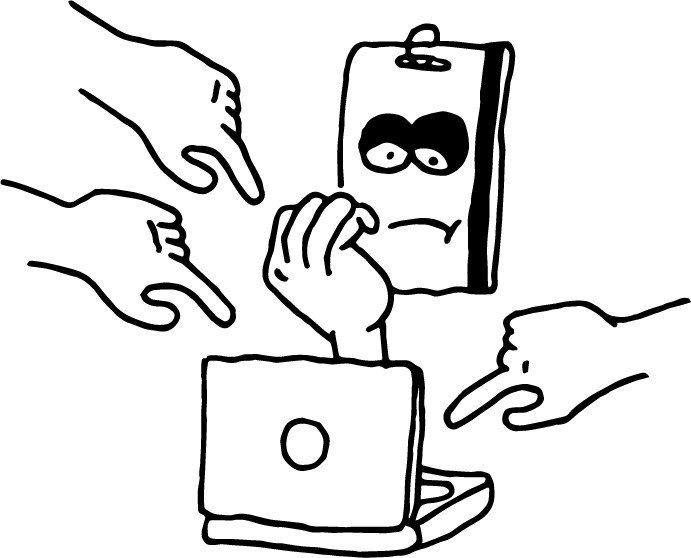It’s Time to Get Creative About Our Purpose
• Illustration by Bill Noonan
Words by Cher Tan
Illustrations by Bill Noonan
This story is brought to you by our partner Streamtime
Within the creative industries, the adage “do what you love” is often a guiding principle. For those who have been lucky enough to land opportunities in the fields of their choice, being able to do what we love for a living is pure joy.
As new media and the gig economy converge to open up less traditional pathways towards a creative career, gone are the days where one necessarily has to have a ‘professional’ qualification in order to get their foot in the door. It only seems natural that this is gradually becoming the case: whether it’s design, visual art, writing or fashion, creativity begets creativity, particularly as a large factor of being creative is about bucking trends and setting your own rules.
And yet for many creative workplaces around the globe, a vibrant, flexible environment may still be not the reality. While many companies produce work that is inspirational and groundbreaking, their workplace culture can ironically still be stifling and bureaucratic. This could be a sign of its upper-level management resolutely wanting to stick to old ways or the general apprehension that stems from not wanting to “fix what’s not broken”. But those of us caught in its mechanisms will all agree that a rigid workplace culture can more often than not inhibit the very thing it intends to nurture: creativity.
When I spoke to games designer Dylan Fox, he echoed his frustration: “I’m envious of my friends at other agencies who seem to have more flexibility with regards to working from home instead of showing up at the office nine-to-five every day. There needs to be more flexibility when it comes to how we work, and maybe more trust as well to create a more robust environment.”
• Illustration by Bill Noonan
As more and more workplaces realise that we’re no longer operating in a “business as usual” context, two things are steadily being championed: creativity and purpose. And it’s getting clearer that conventional workplaces are falling out of favour with many, according to a recent report titled The Future Workplace. Not only does there need to be a sense of collaboration facilitated by practices such as hot-desking and ideas workshops, that “do what you love” mentality also comes from a strong feeling of ownership over the work being produced.
When creative workplaces prioritise profit over flexibility, work produced will inevitably end up being run-of-the-mill and lacklustre – there’s a reason why creativity isn’t synonymous with “convenience” nor “stress”. According to Jess Ho, a Sydney-based copywriter who recently decided to make the pivot to freelance, “the pressure to churn out content isn’t conducive to my creative drive; agencies need to know that solid work is only produced when I’m not burnt out.”
But the rise of community-led initiatives like Never Not Creative is the beginning of a shift to create awareness around this reality. Instead of treating burn-out or a stifling workplace culture like an unalterable fact of life, the not-for-profit collective strives to ask questions such as: “What are some of the biggest challenges facing the creative industry?” and: “What does success look like for the modern workplace?” Rather than a top-down approach, they’re hoping to nurture an attitude that aims for workplaces as a whole to tackle these questions together. After all, as a creative, I know my bugbears most intimately. Same goes for what makes me tick, and what processes will help me to be at my best.
• Illustration by Bill Noonan
Miranda Dangerfield, a book-binder at Noun Movement Books, agrees. “Success at my workplace means more freedom and less control. When employers trust me to take full ownership over certain projects with minimal supervision and bureaucracy, I feel like I have a part to play in the business. Even things like being able to pitch directly to my CEO without going through several layers of management also really helps my work shine.”
Indeed, as John Lennon once said, “Creativity doesn’t come through when the mind is cluttered.” When more creatives band together to have conversations about issues that used to be swept under the rug – such as creating care-based communities to tackle poor mental health, the need for a good work-life balance that allows room for fun, and recognising problems around unpaid work under the guise of ‘exposure’ – it then normalises them enough for modern workplaces to take our needs seriously.
Miranda continues: “Throw one stone in the water and others follow. If we can be brutally honest with each other about the conditions that hurt our sense of purpose, then it’s one step towards progressive workplaces, and naturally, success.”








